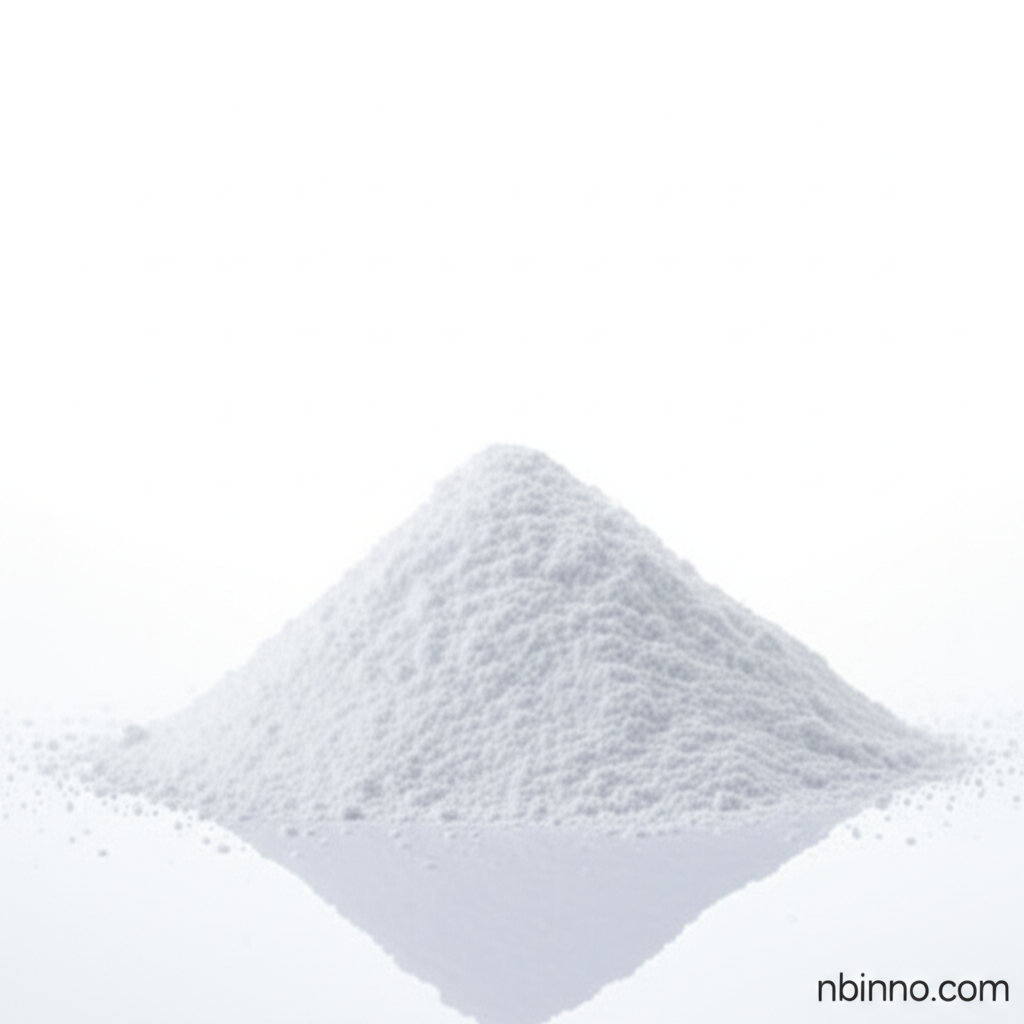Tin(II) Fluoride: Enhancing Oral Health and Industrial Processes
Discover the versatile applications and significant benefits of Tin(II) fluoride in everyday life and advanced industries.
Get a Quote & SampleProduct Core Value

Tin(II) fluoride
Tin(II) fluoride, also known as stannous fluoride, is a critical compound recognized for its dual benefits in promoting oral hygiene and serving vital industrial roles. Its primary function in oral care is to fortify tooth enamel, making it more resilient against the acidic attacks from bacteria, thus preventing tooth decay. This effect is achieved by converting hydroxyapatite into fluorapatite, a more acid-resistant mineral. Furthermore, its antimicrobial properties help combat plaque and gingivitis, offering a comprehensive approach to dental health. Industrially, it is utilized in brazing aluminum alloys and as a spectrally pure reagent, showcasing its chemical versatility.
- Leveraging stannous fluoride oral care to build stronger, more decay-resistant teeth.
- Exploring the tin(II) fluoride toothpaste benefits for preventing gum inflammation and sensitivity.
- Understanding the importance of tin(II) fluoride CAS 7783-47-3 in precise chemical formulations.
- Investigating tin(II) fluoride industrial applications that drive advancements in material science.
Key Advantages
Cavity Prevention Powerhouse
The stannous fluoride in this compound is a key ingredient in preventing dental caries, significantly contributing to a generation of healthier teeth by strengthening enamel and enhancing its resistance to acid.
Antimicrobial Efficacy
Beyond cavity prevention, tin(II) fluoride exhibits antimicrobial properties that actively fight against bacteria responsible for plaque and gingivitis, promoting healthier gums and overall oral hygiene.
Versatile Industrial Use
Its utility extends to industrial sectors, where it serves as an effective agent in brazing aluminum alloys and acts as a spectrally pure reagent, highlighting its broad chemical applicability.
Key Applications
Dental Health & Prevention
Widely incorporated into toothpastes and mouthwashes, this compound is crucial for preventing dental caries, reducing gingivitis, and combating bad breath, significantly improving oral health outcomes.
Metal Joining Processes
In industrial settings, it functions effectively as a flux in the brazing of aluminum alloys, ensuring strong and reliable metal joints in various manufacturing applications.
Chemical Reagent Applications
Its purity and specific chemical properties make it a valuable spectrally pure reagent, utilized in laboratories and research for precise chemical analyses and synthesis.
Material Science Precursor
Serves as a precursor in the production of tin-based materials and thin films, crucial for advancements in electronics and other high-tech industries.
